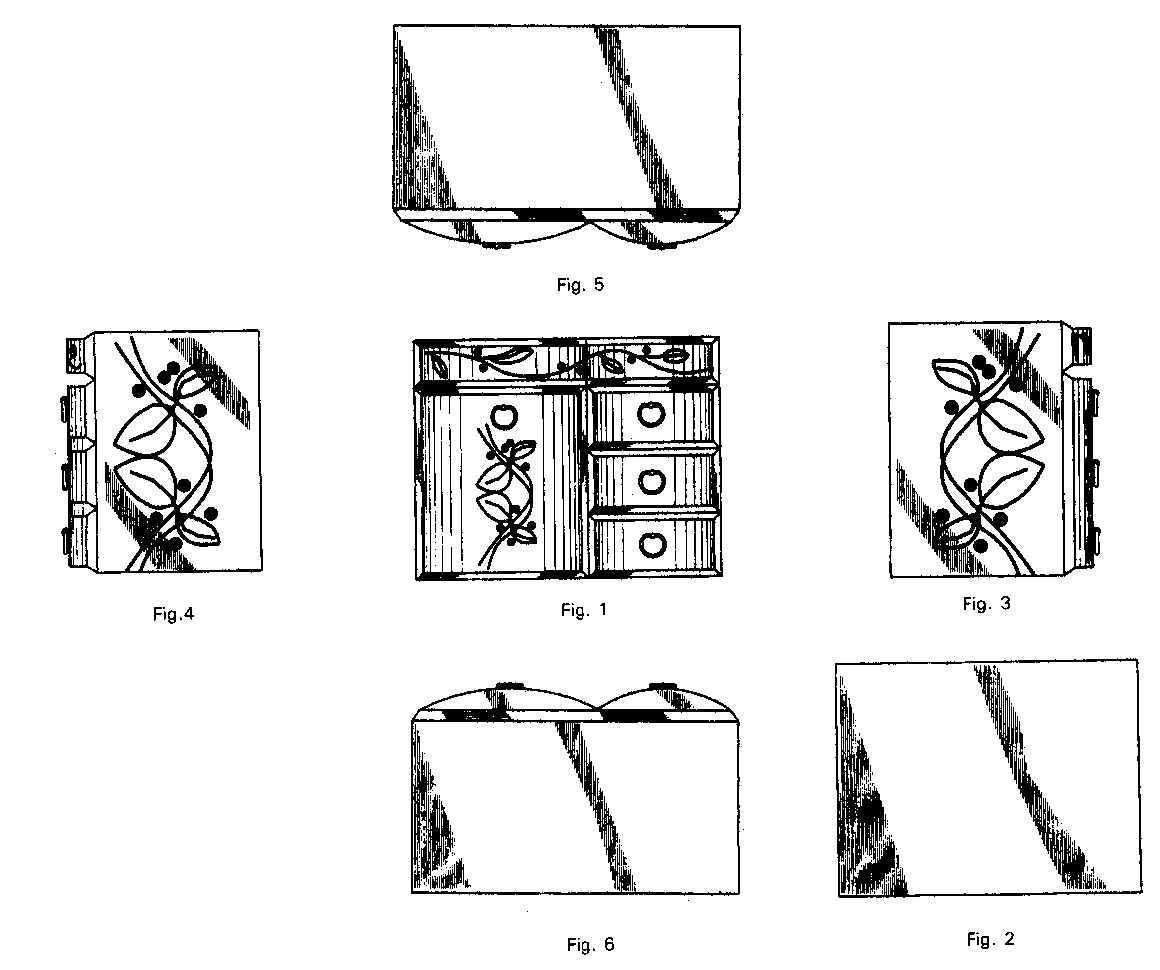Definition of a Design
A design consists of the visual ornamental characteristics embodied in, or applied to, an article of manufacture. Since a design is manifested in appearance, the subject matter of a design patent application may relate to the configuration or shape of an article, to the surface ornamentation applied to an article, or to the combination of configuration and surface ornamentation. A design for surface ornamentation is inseparable from the article to which it is applied and cannot exist alone. It must be a definite pattern of surface ornamentation, applied to an article of manufacture.
In discharging its patent-related duties, the United States Patent and Trademark Office (USPTO or Office) examines applications and grants patents on inventions when applicants are entitled to them. The patent law provides for the granting of design patents to any person who has invented any new, original and ornamental design for an article of manufacture. A design patent protects only the appearance of the article and not structural or utilitarian features. The principal statutes (United States Code) governing design patents are: 35 U.S.C. 171
- 35 U.S.C. 171
- 35 U.S.C. 172
- 35 U.S.C. 173
- 35 U.S.C. 102
- 35 U.S.C. 103
- 35 U.S.C. 112
- 35 U.S.C. 132
The rules (Code of Federal Regulations) pertaining to the drawing disclosure of a design patent application are: 37 CFR § 1.84
- 37 CFR § 1.84
- 37 CFR § 1.152
- 37 CFR § 1.121
The following additional rules have been referred to in this guide:
- 37 CFR § 1.3
- 37 CFR § 1.63
- 37 CFR § 1.76
- 37 CFR § 1.153
- 37 CFR § 1.154
- 37 CFR § 1.155
A copy of these laws and rules is included at the end of this guide.
The practice and procedures relating to design applications are set forth in chapter 1500 of the Manual of Patent Examining Procedure (MPEP). Inquiries relating to the sale of the MPEP should be directed to the Superintendent of Documents, United States Government Printing Office, Washington, D.C. 20402. Telephone: 202.512.1800.
Types of Designs and Modified Forms
An ornamental design may be embodied in an entire article or only a portion of an article, or may be ornamentation applied to an article. If a design is directed to just surface ornamentation, it must be shown applied to an article in the drawings, and the article must be shown in broken lines, as it forms no part of the claimed design.
A design patent application may only have a single claim (37 CFR § 1.153). Designs that are independent and distinct must be filed in separate applications since they cannot be supported by a single claim. Designs are independent if there is no apparent relationship between two or more articles. For example, a pair of eyeglasses and a door handle are independent articles and must be claimed in separate applications. Designs are considered distinct if they have different shapes and appearances even though they are related articles. For example, two vases having different surface ornamentation creating distinct appearances must be claimed in separate applications. However, modified forms, or embodiments of a single design concept may be filed in one application. For example, vases with only minimal configuration differences may be considered a single design concept and both embodiments may be included in a single application.




